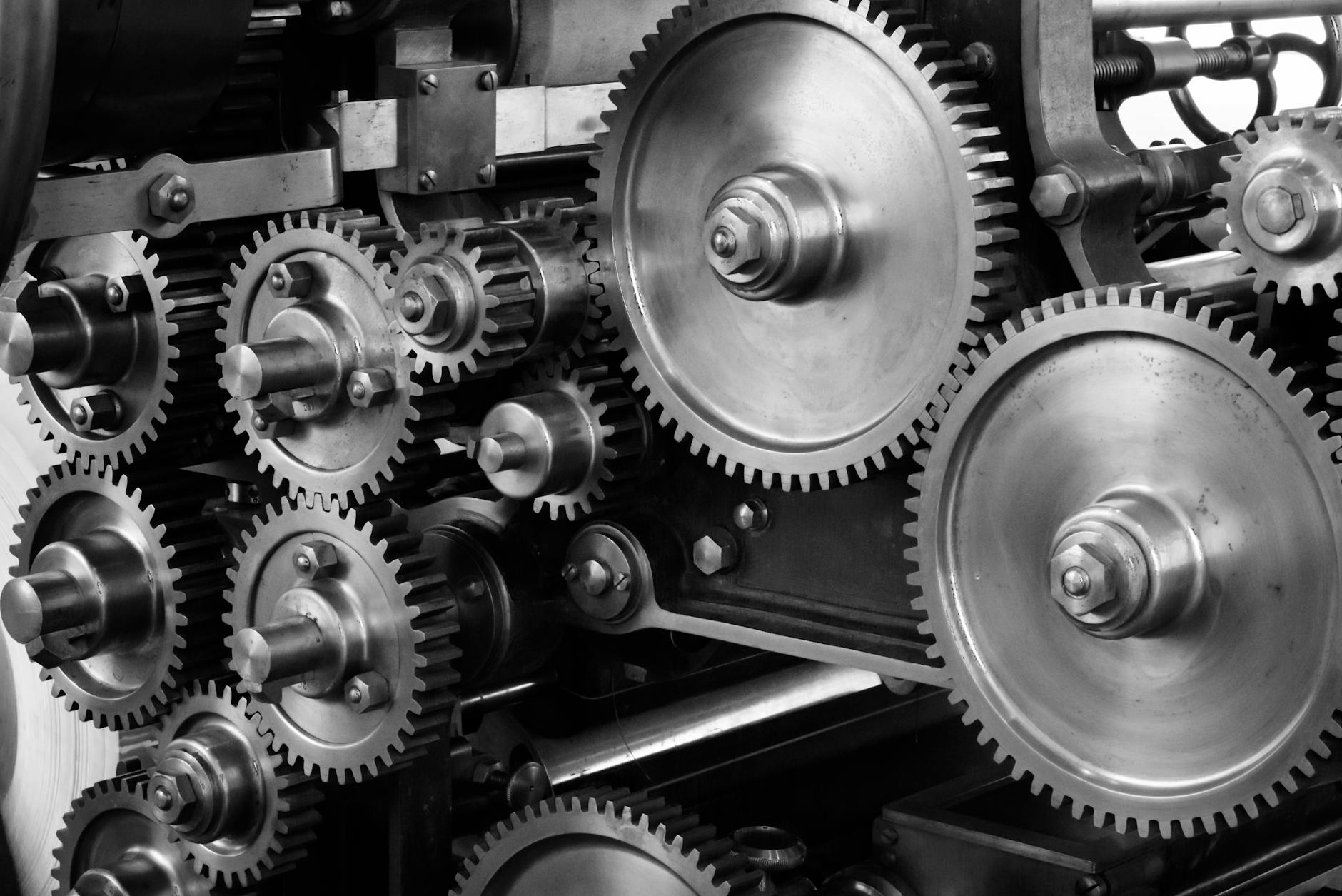Fitness through the ages, is a captivating journey through time, showcasing the significant impact of physical activity on human civilization and well-being. From ancient civilizations to modern-day workout trends, the evolution of fitness reflects our relentless pursuit of health and vitality.
Physical training and exercise have been integral parts of human societies throughout history. Whether it was for preparing for physical competitions or promoting overall well-being, the concept of fitness has remained deeply rooted in various cultures.
Exploring the roots of fitness unveils a story of perseverance, resilience, and the continuous quest for physical and mental excellence. It’s a tale of how fitness has transcended generations, shaping not only our bodies but also our minds and spirit.
Join us as we embark on a journey through time, unraveling the rich tapestry of the history of fitness and discovering how it has sculpted the very essence of what it means to be human.
Early Beginnings of Physical Training
The history of fitness can be traced back to early civilizations, where physical training was deeply ingrained in their cultures and lifestyles. Let’s explore the ancient origins of physical training and the cultural significance of fitness in early societies.
Ancient Civilizations and Physical Fitness
In ancient civilizations such as Greece, Rome, and Egypt, physical fitness was a crucial aspect of daily life. In Greece, the concept of a healthy mind in a healthy body, known as “a sound mind in a sound body,” emphasized the importance of physical fitness for overall well-being. The Greeks incorporated physical training into their educational system, where activities like wrestling, running, and discus throwing were highly valued.
Rome also embraced physical fitness through activities like swimming, wrestling, and gladiator training, recognizing the importance of physical strength and agility in warfare and daily life. In Egypt, laborers and soldiers engaged in physical training to maintain their strength and endurance, particularly through activities like running, swimming, and archery.
Medieval and Renaissance Periods
During the medieval and Renaissance periods, physical training underwent significant changes. The medieval period saw the emergence of knightly chivalry, leading to the development of combat training and martial arts. Additionally, the Renaissance period sparked a renewed interest in the human body and its capabilities, prompting the study of anatomy, physiology, and exercise.
Physical training during these periods was influenced by the pursuit of physical prowess and the ideal of a balanced, well-rounded individual. As societies evolved, physical fitness became intertwined with concepts of honor, virtue, and self-discipline, shaping the foundations of modern fitness principles.
 Photo by RUN 4 FFWPU
Photo by RUN 4 FFWPU
The Modern Fitness Movement
In today’s world, the modern fitness movement has evolved significantly, shaped by historical events and changing societal norms. The industrial revolution brought forth a transformation in the way people lived and worked, impacting physical activity and paving the way for organized fitness programs. Additionally, the birth of modern gymnastics further contributed to the development of physical fitness, providing structured training methodologies aimed at improving strength, flexibility, and overall health.
Industrial Revolution and Fitness
The industrial revolution, characterized by the rapid shift from agrarian and craft-based economies to industrialized societies, led to significant changes in daily life. With the rise of factories and mechanized production, the nature of work underwent a drastic transformation. The shift from predominantly physical labor to more sedentary and repetitive tasks resulted in decreased physical activity levels among the general population. This reduction in daily movement patterns necessitated the emergence of organized fitness programs aimed at combating the effects of a more sedentary lifestyle. Institutions such as the Young Men’s Christian Association (YMCA) played a pivotal role in promoting physical fitness through structured exercise classes and sports activities, marking the beginning of a more formalized approach to maintaining an active lifestyle.
 Photo by Pixabay
Photo by Pixabay
The Birth of Modern Gymnastics
The development of modern gymnastics programs in the 19th century marked a significant shift towards a more systematic approach to physical training. Visionaries such as Friedrich Ludwig Jahn, often regarded as the “father of gymnastics,” advocated for structured exercise regimens focused on enhancing strength, agility, and overall physical prowess. Gymnastics training became a cornerstone of physical education, with its principles influencing various fitness disciplines and laying the groundwork for diverse exercise modalities. The emphasis on bodyweight exercises, apparatus-based routines, and progressive training methodologies within gymnastics programs contributed to the establishment of foundational principles that continue to shape contemporary fitness practices.
 Photo by Tim Mossholder
Photo by Tim Mossholder
Fitness in the 20th and 21st Centuries
The influence of historical events has significantly shaped the evolution of fitness throughout the 20th and 21st centuries. From the impact of World Wars to the rise of modern fitness culture, the landscape of physical activity has experienced remarkable shifts.
Influence of World Wars on Fitness
The World Wars had a profound impact on the concept of fitness. During these tumultuous periods, the emphasis on physical preparedness and endurance became paramount. The need for military personnel to be in optimal physical condition led to the incorporation of formal exercise programs within armed forces. This emphasis on physical fitness extended beyond the military, permeating civilian life and laying the groundwork for a broader societal appreciation for physical activity.
The aftermath of these wars marked a turning point in the way people approached exercise. With a heightened awareness of the benefits of fitness, sports and exercise programs gained popularity, becoming integral parts of communities worldwide. This era saw the widespread adoption of physical training not only for improved health but also for social bonding and recreation.
Modern Fitness Culture
The 20th century witnessed a seismic shift in the approach to fitness, giving birth to the modern fitness culture prevalent today. Advancements in exercise science, coupled with changing societal attitudes, propelled the development of the fitness industry. The commercialization of fitness led to the proliferation of gyms, wellness centers, and a myriad of exercise equipment, making physical activity more accessible than ever before.
Moreover, the 21st-century fitness landscape has seen the emergence of holistic well-being as a central tenet of modern fitness culture. There is a growing emphasis not only on physical exercise but also on mental health, nutrition, and overall wellness. This shift reflects an evolving understanding of the interconnectedness of various facets of well-being, fostering a more comprehensive approach to fitness.
In parallel, technological advancements have significantly influenced fitness trends. Innovations such as wearable fitness trackers, online workout platforms, and virtual reality fitness experiences have revolutionized the way individuals engage with physical activity. These developments have not only made fitness more personalized and interactive but have also expanded the avenues through which people can pursue a healthy lifestyle.
 Photo by William Choquette
Photo by William Choquette
Conclusion
The historical journey of fitness is a captivating tale that underscores its enduring significance in shaping human societies and promoting physical and mental well-being. From the ancient Greeks’ reverence for the body and their focus on health to the modern fitness movement, the evolution of fitness reflects our intrinsic desire for vitality and strength. Throughout history, fitness has been intertwined with cultural movements, nationalism, and preparation for physical competition, highlighting its profound impact on society. The quest for physical fitness transcends time, serving as a testament to its timeless importance in enriching lives and fostering holistic well-being.
